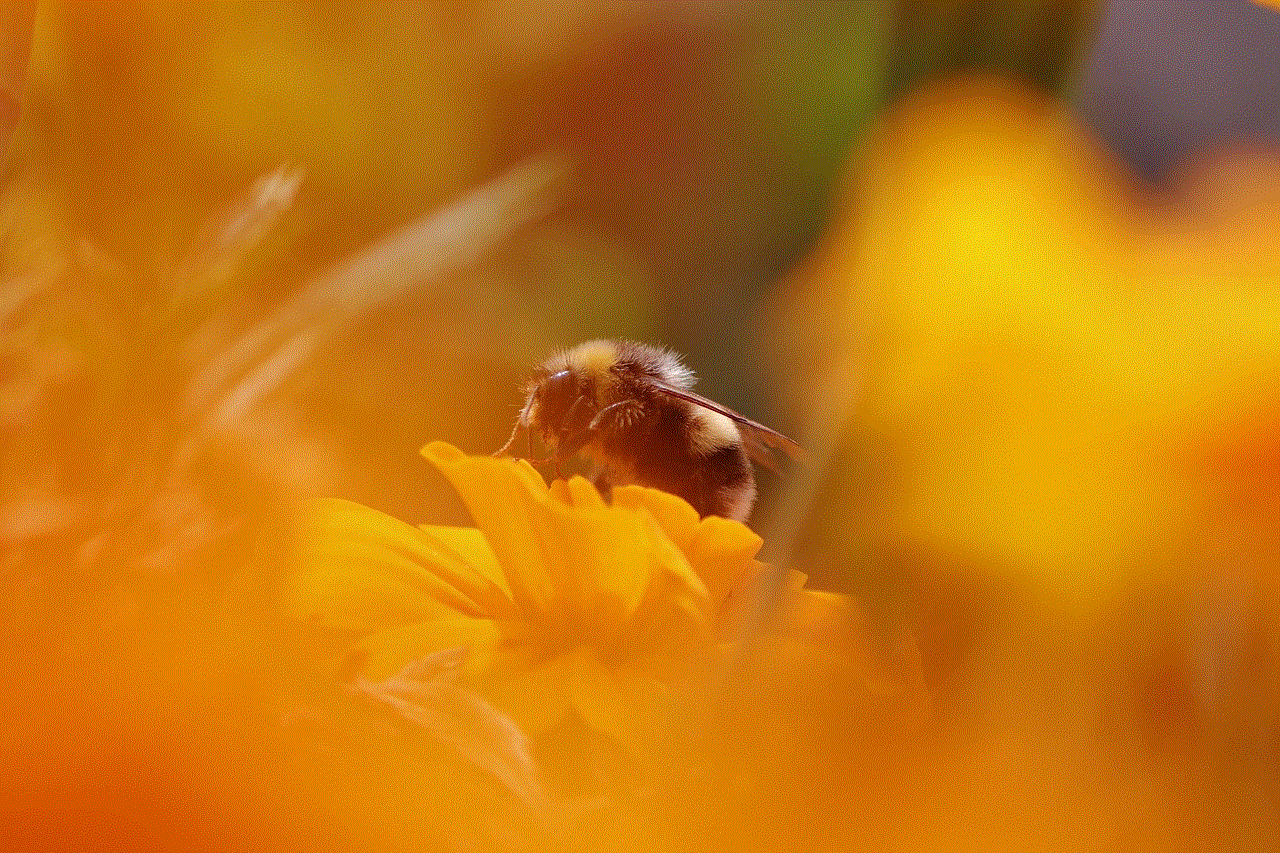tiny girls porn videos
The world of pornography has been a controversial topic for decades, with its constant evolution and impact on society. However, one aspect that has been particularly controversial is the representation of young girls in pornographic material. With the rise of the internet, it has become easier for anyone to access explicit content, including videos featuring small, underage-looking girls. This has caused concern and outrage among many, leading to the term “tiny girls porn videos” becoming a highly searched keyword. In this article, we will delve into the world of tiny girls porn videos, exploring its effects on society, the law, and the individuals involved.
Before we dive into the topic of tiny girls in porn, it is important to define what is meant by the term. Generally, “tiny girls” refer to young women who appear to be underage, often with a petite and innocent appearance. In the context of pornography, the term usually refers to girls who are above the legal age of consent but are portrayed as much younger, sometimes as young as 18 or 19 years old. This depiction of underage-looking girls in sexual situations is what has caused controversy and sparked debates about the ethics and legality of such content.
One of the main concerns surrounding tiny girls porn videos is the impact it has on society, particularly on young girls themselves. The portrayal of young girls in sexual situations can have a damaging effect on their self-esteem and perception of their own sexuality. It can also perpetuate harmful stereotypes and contribute to the objectification of women. Additionally, the easy accessibility of such content online means that young girls may stumble upon it and be exposed to sexual content before they are emotionally and mentally ready to handle it.
Moreover, tiny girls porn videos can also have a negative impact on the viewers, especially those with a predisposition towards pedophilic tendencies. Research has shown that exposure to child sexual abuse material can increase the likelihood of individuals acting on their desires and engaging in illegal activities. This is a worrying issue, particularly in the age of the internet, where such content is readily available and can be accessed by anyone.
The legality of tiny girls porn videos is another aspect that has been widely debated. In most countries, the legal age of consent for sexual activities is 18. This means that the individuals featured in pornographic material should also be above the age of 18. However, the use of young-looking women in porn videos has blurred this line, making it difficult to determine if the content is legal or not. In some cases, producers may also manipulate the appearance of the girls to make them appear younger, which raises further concerns about the legality of such content.
Furthermore, the production and distribution of tiny girls porn videos have also raised questions about the exploitation of women in the porn industry. There have been cases where young women have been coerced or forced into performing in pornographic material, often under the guise of them being over 18 years old. This highlights the need for stricter regulations and monitoring of the industry to prevent exploitation and protect vulnerable individuals.
The use of young-looking girls in porn also has a significant impact on the performers themselves. Many of these women may be pressured or coerced into portraying a much younger age, which can be emotionally and psychologically taxing. It can also have long-term effects on their mental health and well-being. Additionally, the stigma attached to appearing in pornographic material, particularly as a young-looking girl, can also have a detrimental effect on their personal and professional lives.
In response to the concerns surrounding tiny girls porn videos, there have been efforts to regulate and restrict such content. For instance, some countries have implemented stricter laws and penalties for the production and distribution of child sexual abuse material. In the US, the PROTECT Act was passed in 2003, which criminalizes the production, distribution, and possession of any material that appears to depict a minor in a sexual context. However, the effectiveness of such laws is still debatable, as the nature of the internet makes it challenging to completely eradicate such content.
Moreover, social media platforms and adult websites have also taken steps to address the issue. Many platforms have strict policies against the use of underage-looking individuals in pornographic material and have measures in place to report and remove such content. However, with the vast amount of content being uploaded online every day, it is impossible to completely eliminate it.
In conclusion, the use of tiny girls in porn videos is a highly controversial and concerning issue. It has a detrimental effect on society, the individuals involved, and raises questions about the legality and ethics of such content. While efforts have been made to regulate and restrict it, the nature of the internet makes it a challenging problem to completely eradicate. It is essential for society to continue to have open discussions about the impact of such content and take necessary measures to protect vulnerable individuals.
strange circles on windows
Windows are an essential part of any building, providing natural light and ventilation. However, have you ever noticed strange circles on your windows? These circles, also known as condensation, can be a common occurrence and have a variety of causes. In this article, we will delve deeper into the reasons behind these strange circles on windows and how to prevent them.
What are these circles?
Before we understand the causes of these circles, it is important to know what they are. The circles on windows are formed when water vapor in the air comes into contact with a cold surface, such as a window. This vapor turns into liquid, which appears as droplets or circles on the window. This process is known as condensation.
Condensation can occur both on the inside and outside of windows. On the outside, it is usually caused by changes in temperature and humidity levels. On the inside, it can be caused by activities that produce moisture, such as cooking, showering, and even breathing. These activities release warm, moist air into the room, which then comes into contact with the cold window, causing condensation to form.
Types of condensation
There are two types of condensation that can occur on windows – surface condensation and interstitial condensation. Surface condensation occurs when the moisture forms on the surface of the window, while interstitial condensation occurs between the layers of the window, usually in double or triple pane windows.
Surface condensation is more common and easier to control, while interstitial condensation can be more problematic and may require professional assistance to fix. Both types of condensation can cause damage to your windows and the surrounding areas if not addressed properly.
Causes of condensation on windows
Now that we have a better understanding of what condensation is, let’s explore the various causes of these strange circles on windows.
1. High humidity levels
Humidity refers to the amount of water vapor present in the air. When the humidity levels are high, there is more moisture in the air, which means that there is a higher chance of condensation forming on windows. This is because warm, moist air can hold more water vapor than cold air. As the air cools when it comes into contact with the cold window, the excess water vapor turns into liquid, causing condensation to form.
2. Poor ventilation
Proper ventilation is crucial in preventing condensation on windows. When there is not enough air circulation in a room, the warm, moist air gets trapped and has nowhere to go. This increases the humidity levels in the room, leading to condensation on windows. Poor ventilation can also cause a buildup of pollutants and allergens, which can have adverse effects on one’s health.
3. Cold weather
Condensation on windows is more common during the winter months when the outside temperature is significantly lower than the inside temperature. The cold temperature outside causes the window to cool down, and when the warm, moist air inside comes into contact with the cold surface, condensation forms.
4. Single-pane windows
Single-pane windows are more prone to condensation compared to double or triple pane windows. This is because single-pane windows do not have layers to insulate against the cold temperature outside. As a result, the temperature of the window is closer to the temperature of the air inside, making it easier for condensation to form.
5. Activities that produce moisture
As mentioned earlier, activities that produce moisture, such as cooking, showering, and even breathing, can contribute to condensation on windows. These activities release warm, moist air into the room, which then comes into contact with the cold window, causing condensation to form. This is why you may notice more condensation in the kitchen and bathroom areas.



6. Leaks in the window seals
Leaky window seals can also contribute to condensation on windows. When there is a gap or crack in the seal, warm, moist air can escape, causing the window to cool down and condensation to form. This not only affects the appearance of your windows but can also cause damage to the surrounding walls and frames.
7. High indoor moisture levels
Apart from activities that produce moisture, there are other sources of moisture in our homes, such as indoor plants, aquariums, and even wet laundry. If the humidity levels in your home are already high, these sources can add to it, increasing the chances of condensation on windows.
8. Poor insulation
Windows that are poorly insulated allow heat to escape, making them colder than they should be. This, in turn, increases the chances of condensation forming on the surface of the window. Poor insulation can also lead to higher energy bills as the heating system has to work harder to maintain a comfortable temperature inside the house.
9. Differences in temperature
Condensation on windows is more likely to occur when there is a significant difference in temperature between the inside and outside of the house. This is why it is more common during the winter months when the temperature outside is much lower than the temperature inside.
10. Humidifiers
While humidifiers are great for adding moisture to dry air, they can also contribute to condensation on windows. If the humidity levels in your home are already high, using a humidifier can increase it further, leading to more condensation on windows.
Prevention and solutions for condensation on windows
Condensation on windows is a common occurrence, but it can be prevented and controlled with a few simple steps. Here are some ways to prevent and reduce condensation on your windows.
1. Proper ventilation
Ensuring proper ventilation in your home is crucial in preventing condensation on windows. Open windows and doors to allow for air circulation, especially after activities that produce moisture. You can also use exhaust fans in the kitchen and bathroom to remove excess moisture from the air.
2. Use a dehumidifier
If the humidity levels in your home are consistently high, consider investing in a dehumidifier. This device helps to remove excess moisture from the air, reducing the chances of condensation on windows.



3. Insulate your windows
Proper insulation is key to preventing condensation on windows. You can use weatherstripping, caulking, or window film to seal any gaps or cracks in your windows. This helps to keep the warm air inside and the cold air outside, reducing the temperature difference that causes condensation.
4. Use a hygrometer
A hygrometer is a device that measures the humidity levels in a room. By monitoring the humidity levels, you can take appropriate measures to reduce them and prevent condensation on windows.
5. Keep indoor plants and aquariums away from windows
Indoor plants and aquariums release moisture into the air, which can contribute to condensation on windows. To prevent this, keep them away from windows or use a tray with pebbles and water to create a barrier between them and the window.
6. Fix leaks and drafts
If you notice any leaks or drafts around your windows, it is important to fix them promptly. This not only prevents condensation but also helps to reduce your energy bills.
7. Use storm windows
Installing storm windows can help to reduce the temperature difference between the inside and outside of your home, reducing the chances of condensation on windows.
8. Wipe windows dry
If you notice condensation on your windows, it is important to wipe them dry to prevent any damage to the window frames and surrounding areas. You can use a squeegee or a dry cloth to remove the moisture.
9. Upgrade to double or triple pane windows
If you have single-pane windows, consider upgrading to double or triple pane windows. These windows have layers of insulation that help to reduce the temperature difference between the inside and outside, preventing condensation from forming.
10. Use window coverings
Window coverings such as blinds, curtains, or shades can help to reduce condensation on windows by insulating them from the cold air outside. They also provide an additional layer of insulation, keeping the warm air inside and the cold air outside.



In conclusion, condensation on windows is a common occurrence that can be caused by a variety of factors, including high humidity levels, poor ventilation, and cold weather. However, with proper prevention and solutions, you can reduce and control the amount of condensation on your windows, ensuring they stay clear and damage-free. Regular maintenance of your windows is also important in preventing condensation and ensuring they last for years to come.